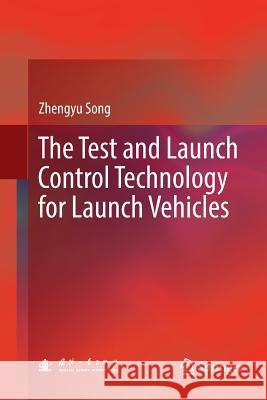The Test and Launch Control Technology for Launch Vehicles » książka
topmenu
The Test and Launch Control Technology for Launch Vehicles
ISBN-13: 9789811342219 / Angielski / Miękka / 2018 / 262 str.
The Test and Launch Control Technology for Launch Vehicles
ISBN-13: 9789811342219 / Angielski / Miękka / 2018 / 262 str.
cena 538,49 zł
(netto: 512,85 VAT: 5%)
Najniższa cena z 30 dni: 535,99 zł
(netto: 512,85 VAT: 5%)
Najniższa cena z 30 dni: 535,99 zł
Termin realizacji zamówienia:
ok. 20 dni roboczych.
ok. 20 dni roboczych.
Darmowa dostawa!
Kategorie:
Kategorie BISAC:
Wydawca:
Springer
Język:
Angielski
ISBN-13:
9789811342219
Rok wydania:
2018
Ilość stron:
262
Waga:
0.37 kg
Wymiary:
23.39 x 15.6 x 1.4
Oprawa:
Miękka
Wolumenów:
01
Dodatkowe informacje:
Wydanie ilustrowane











